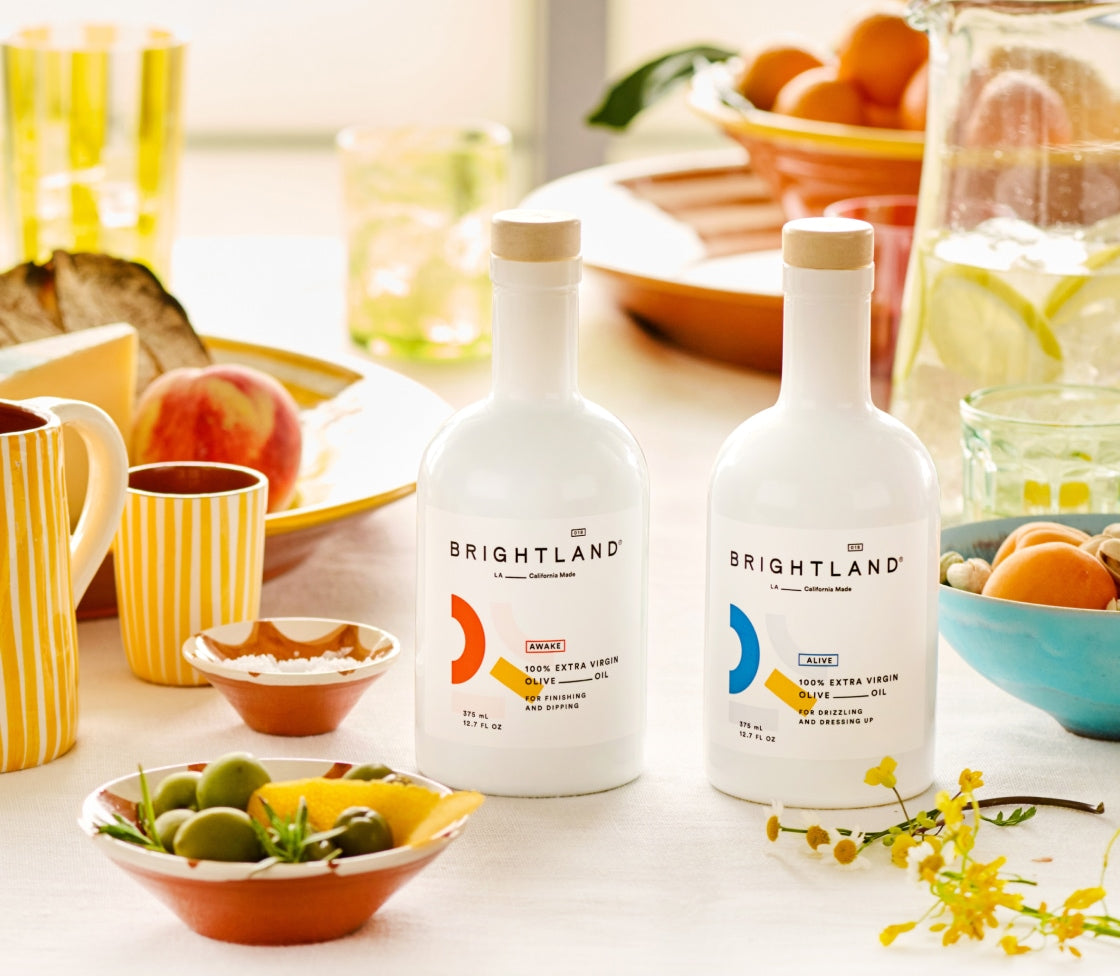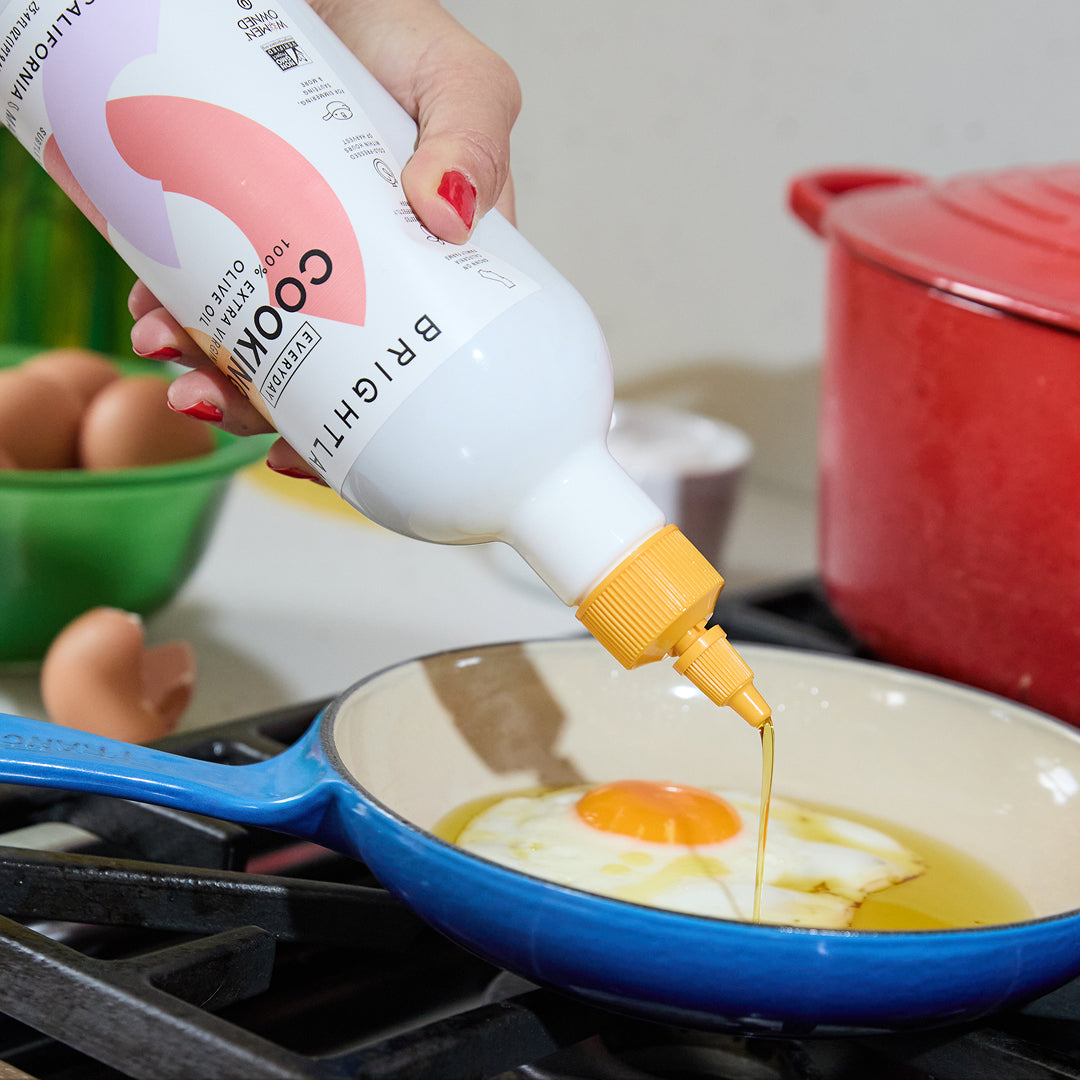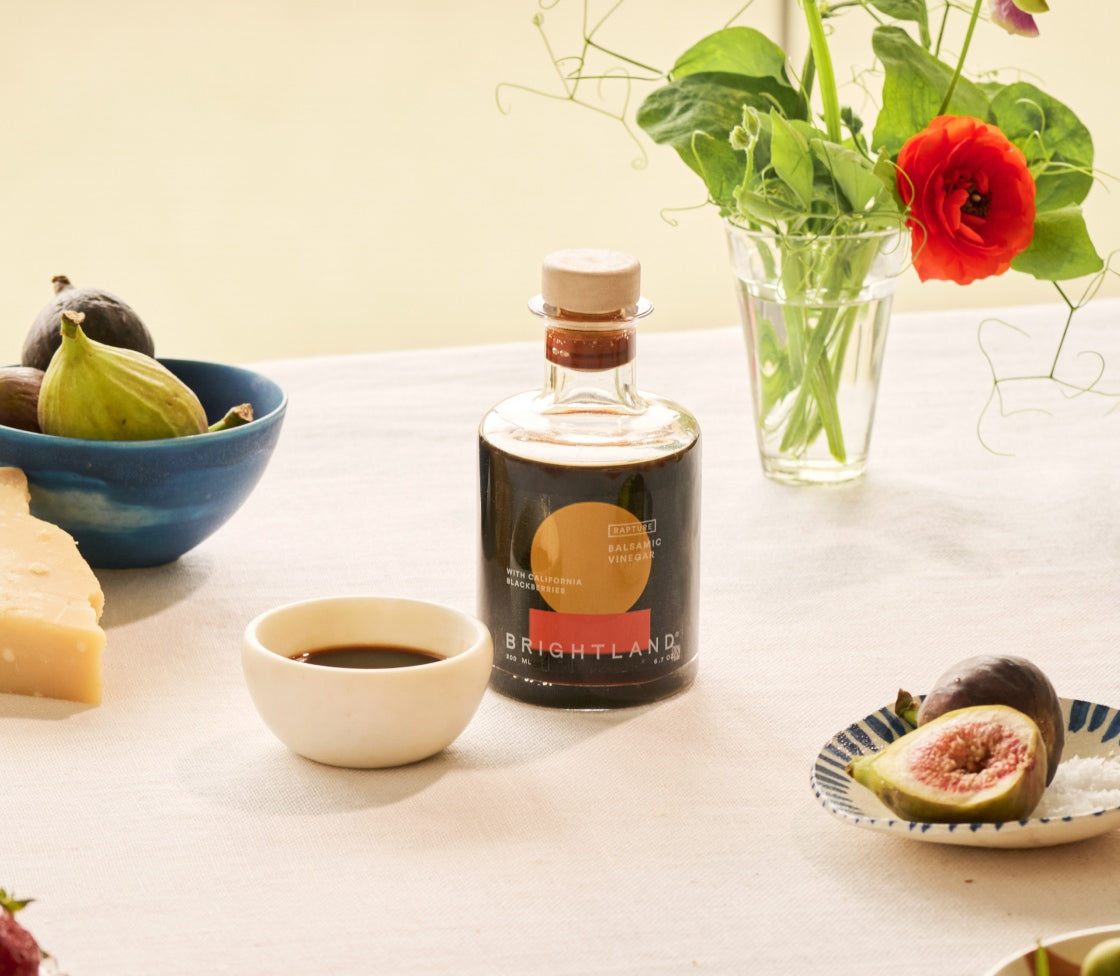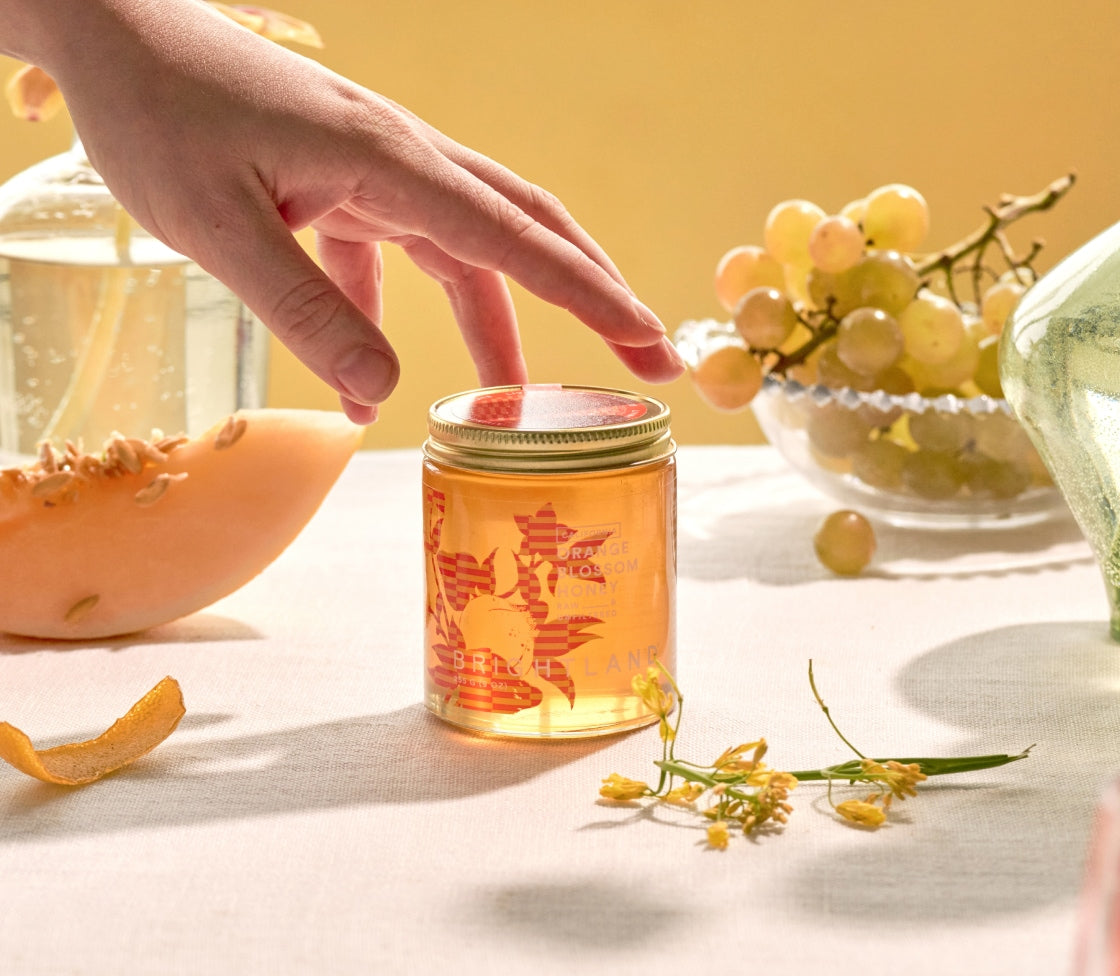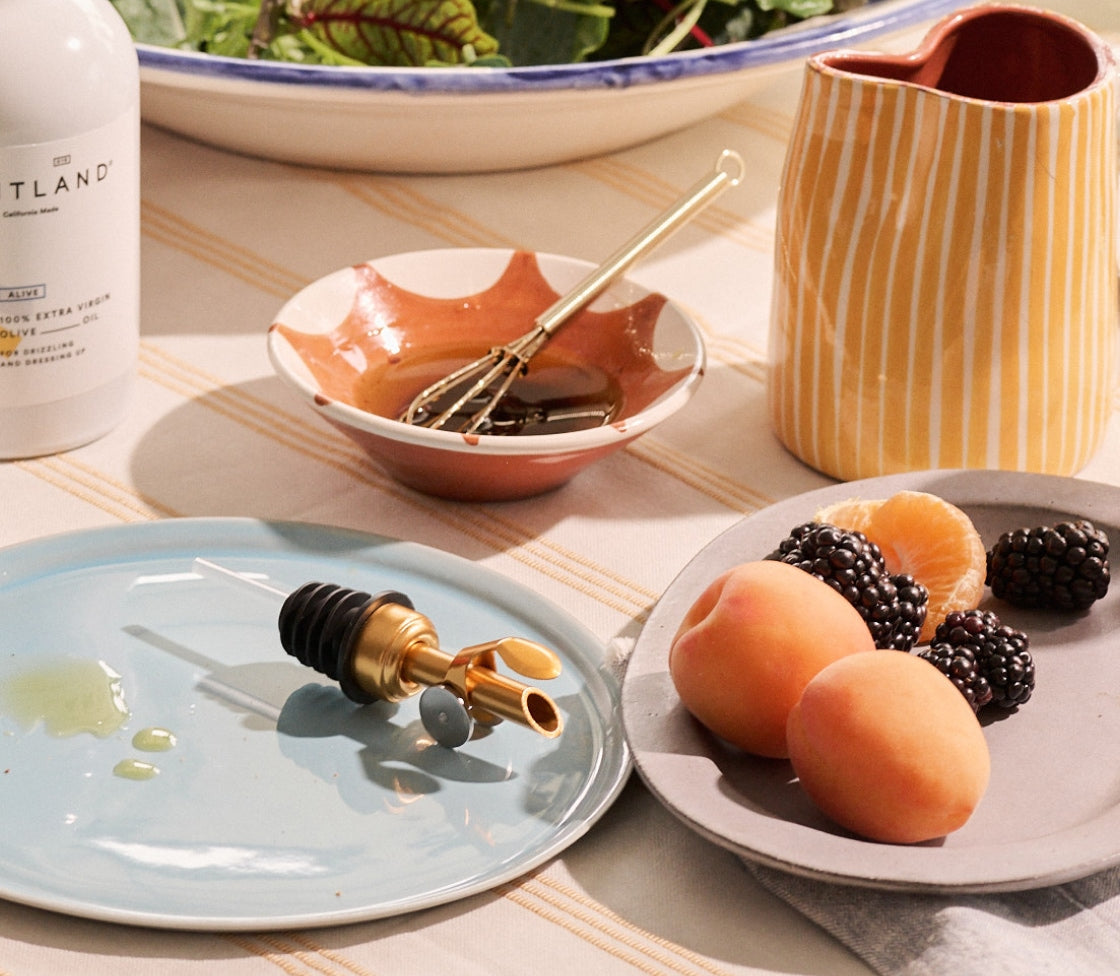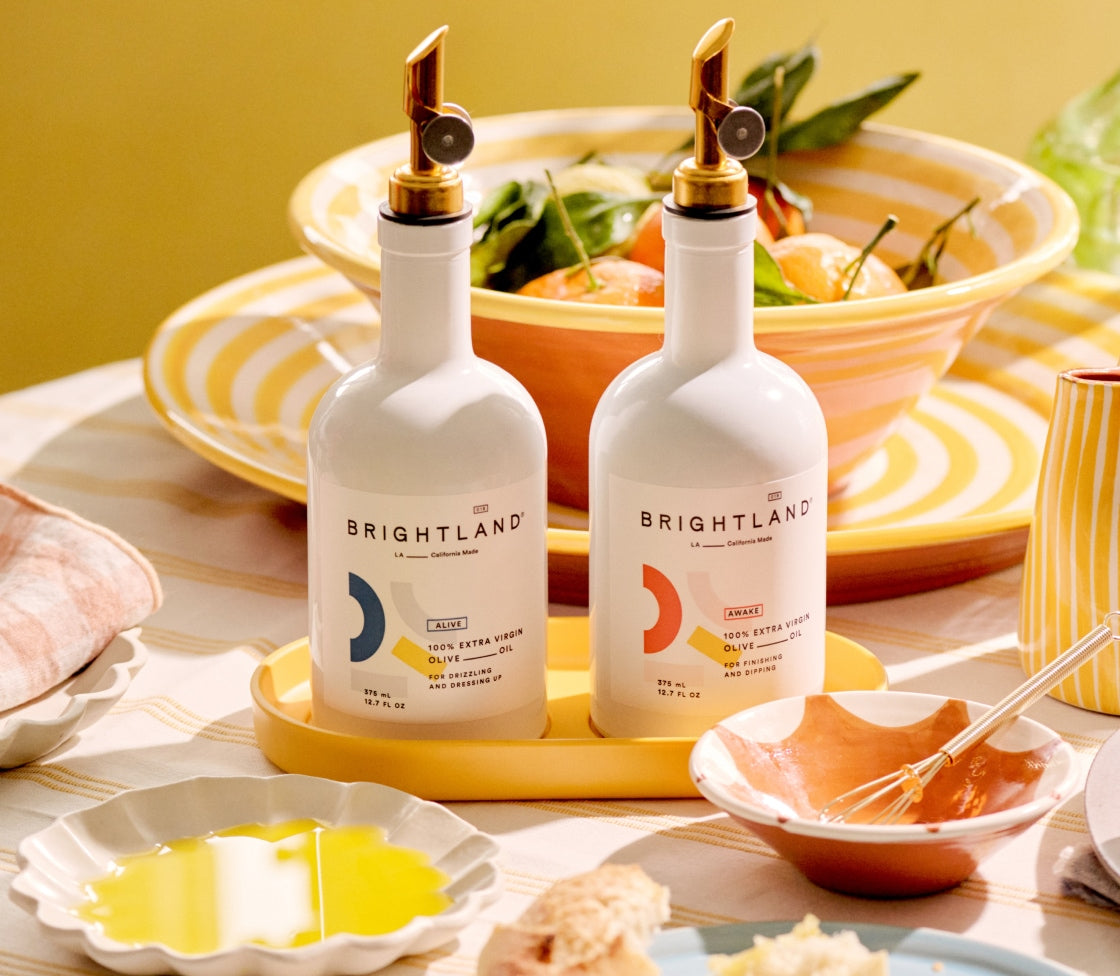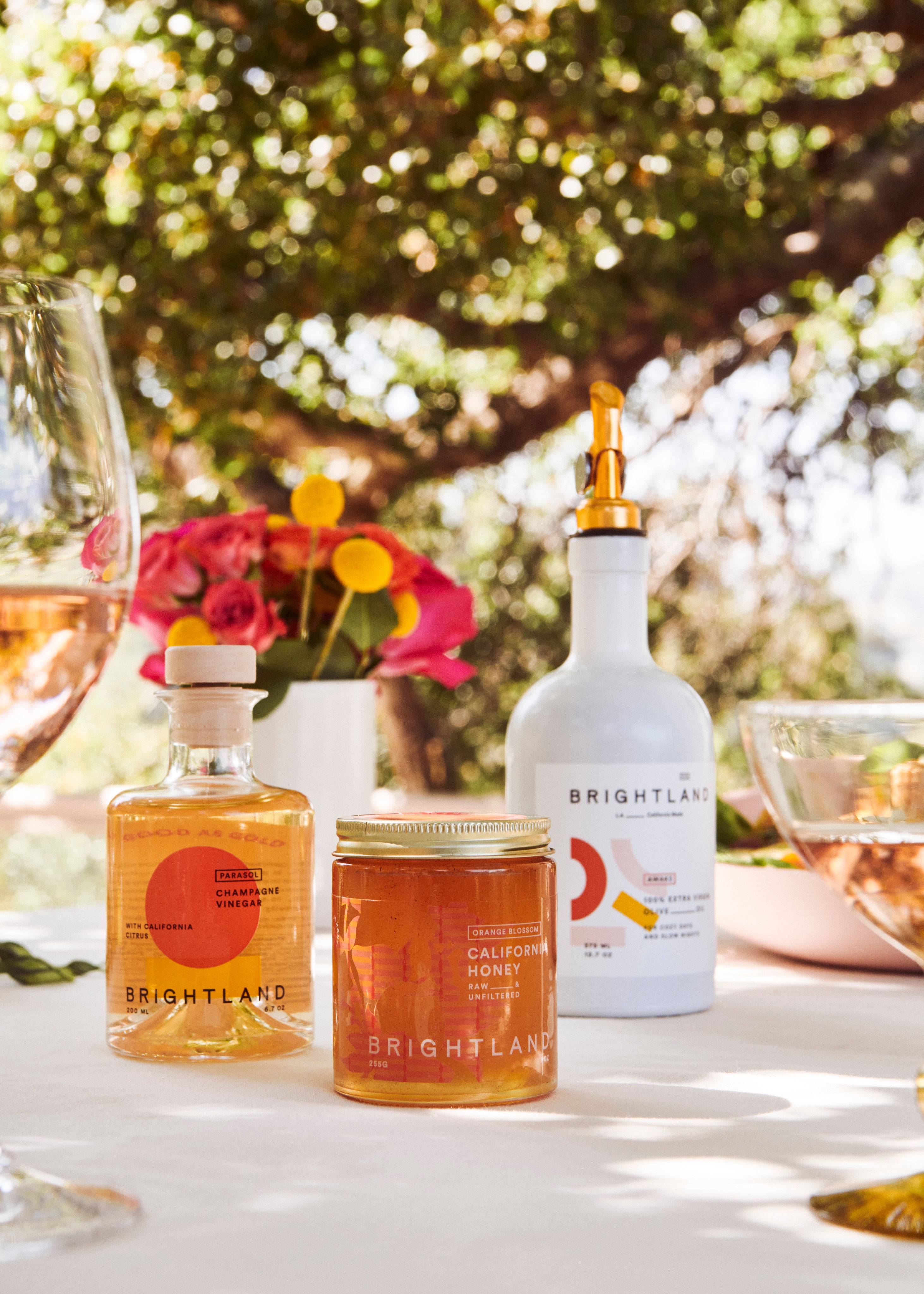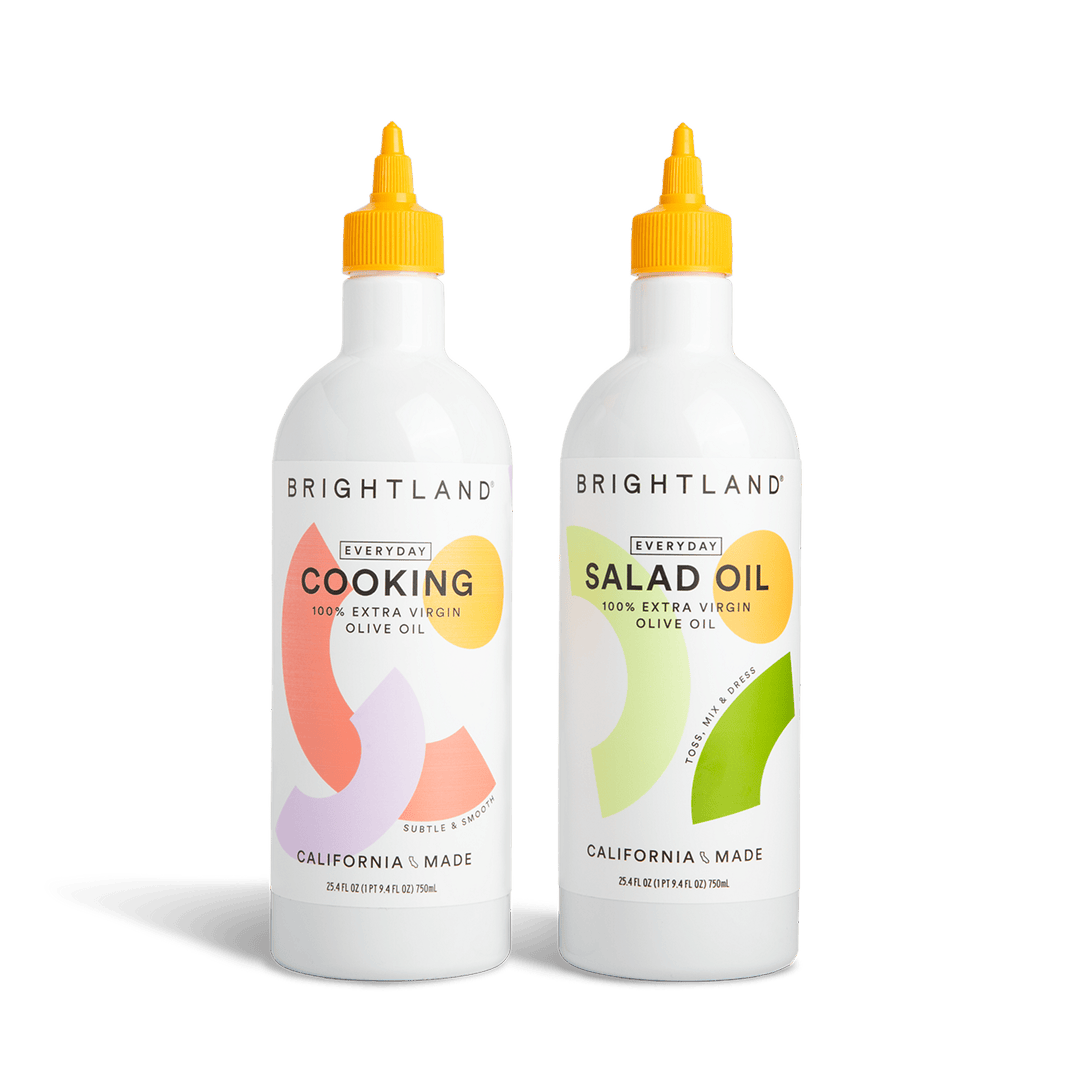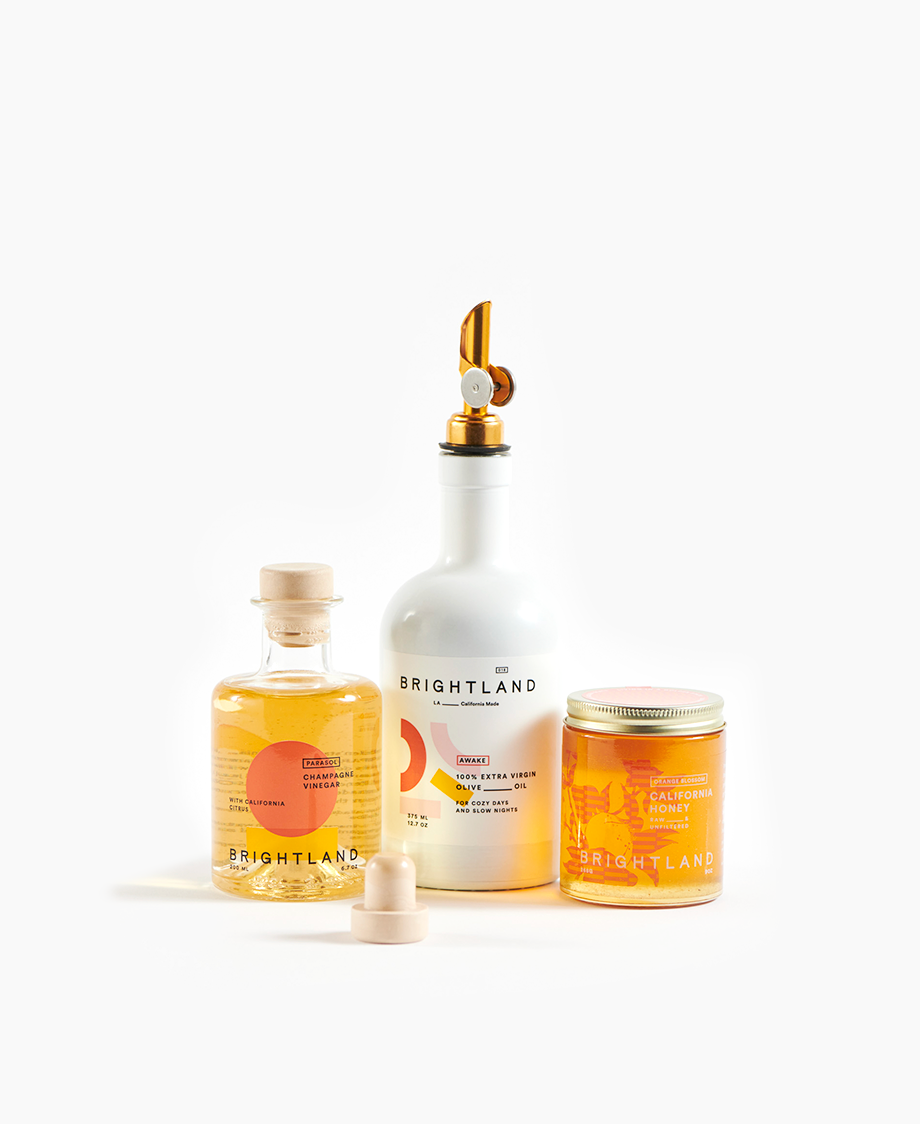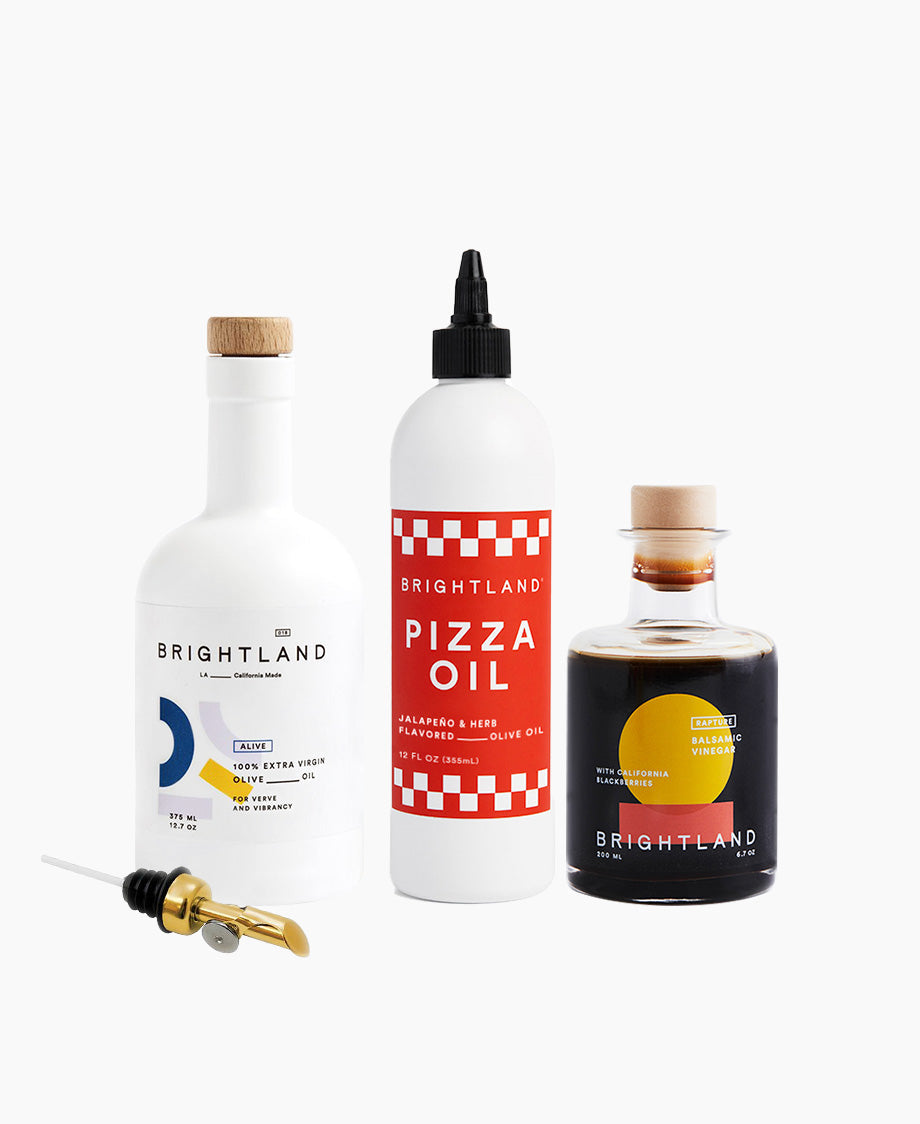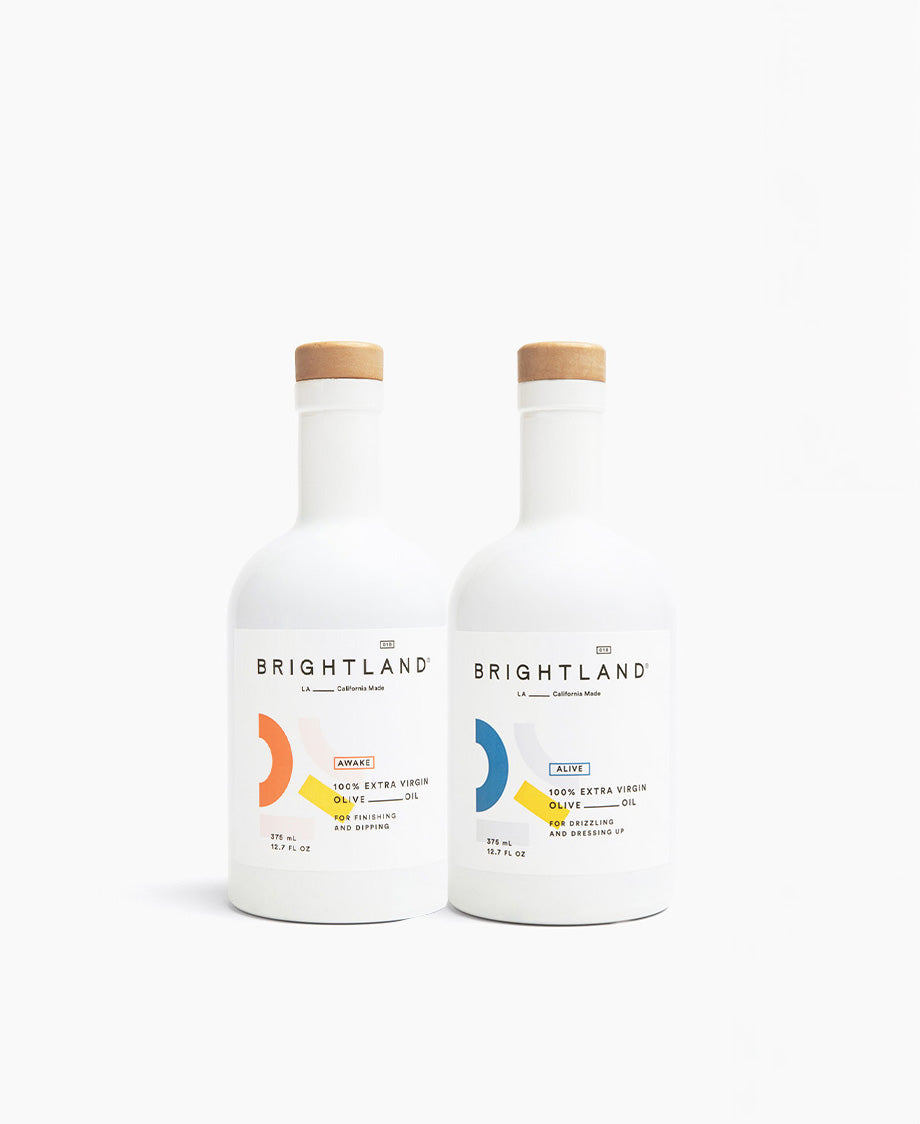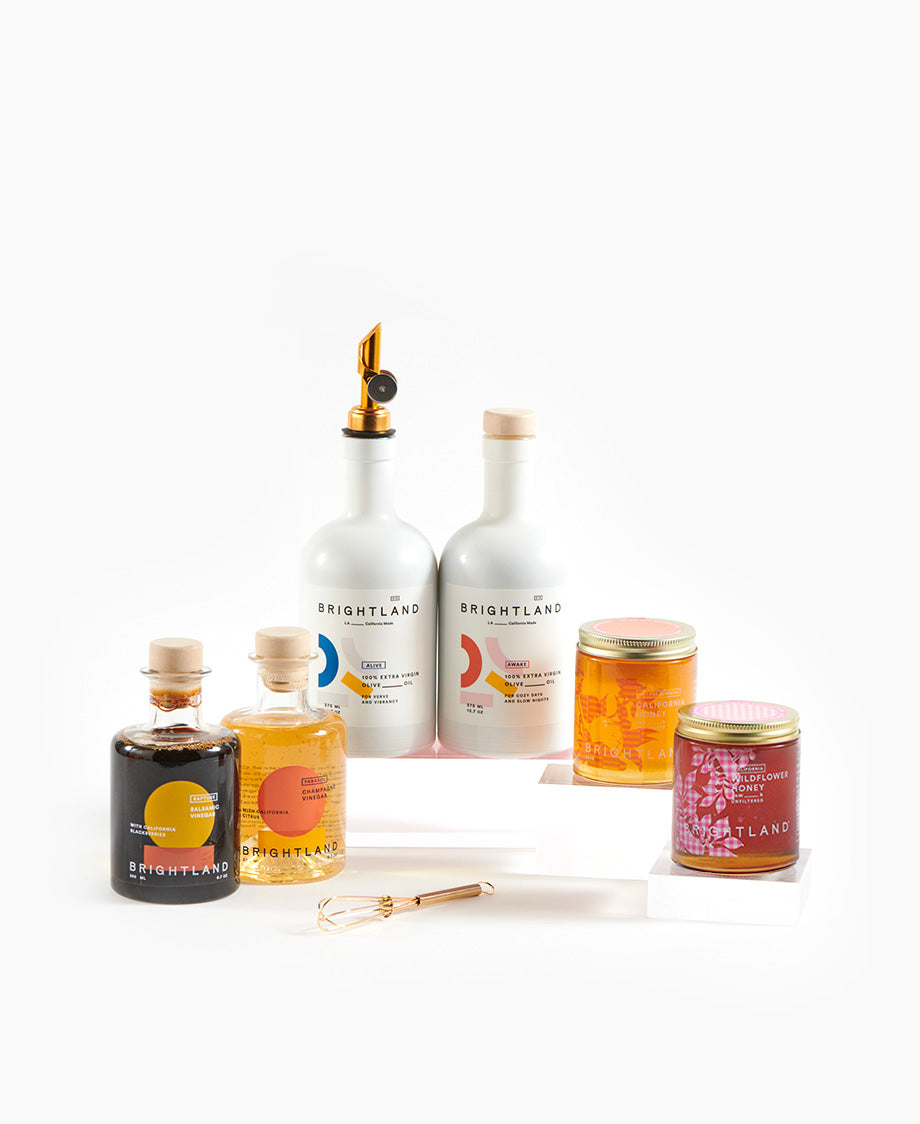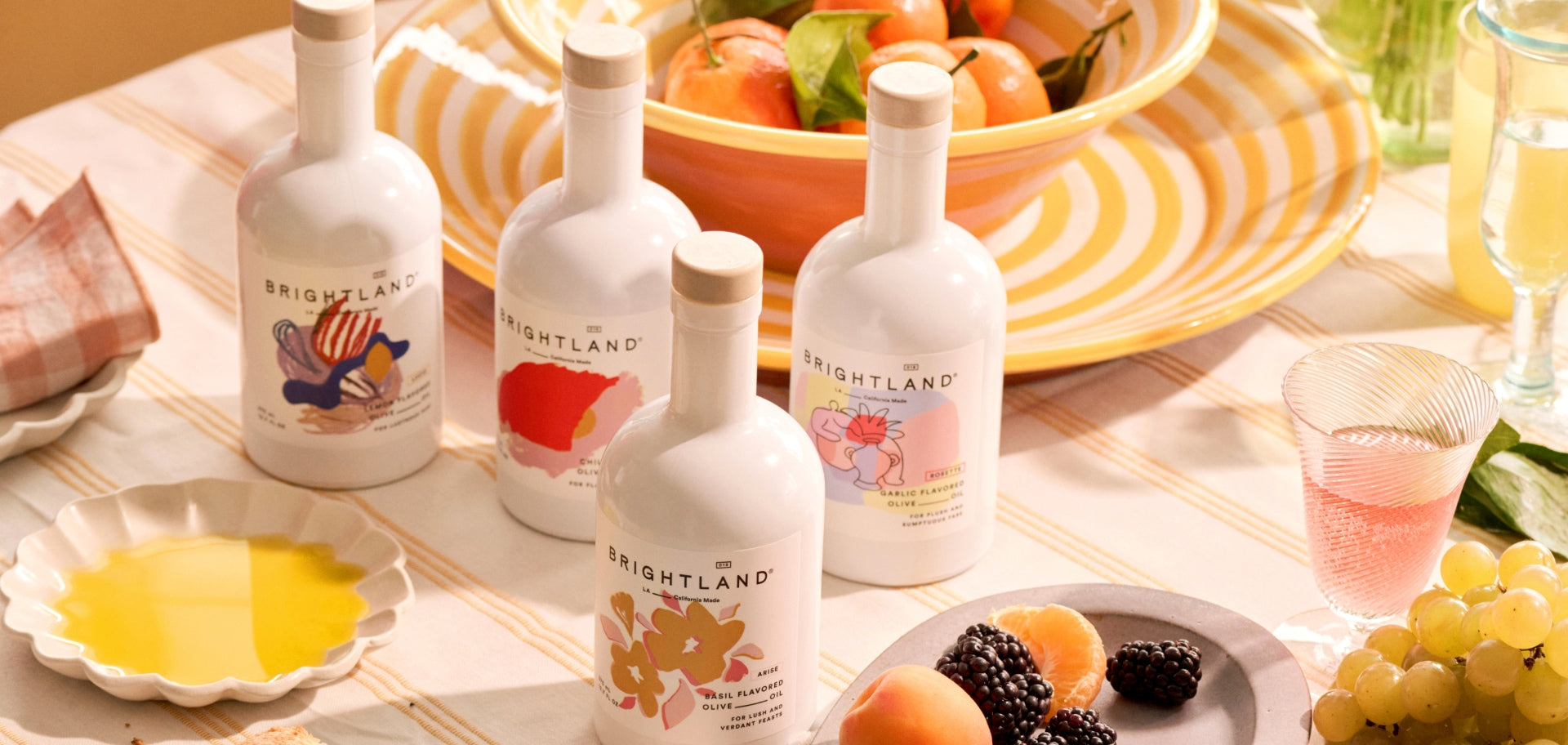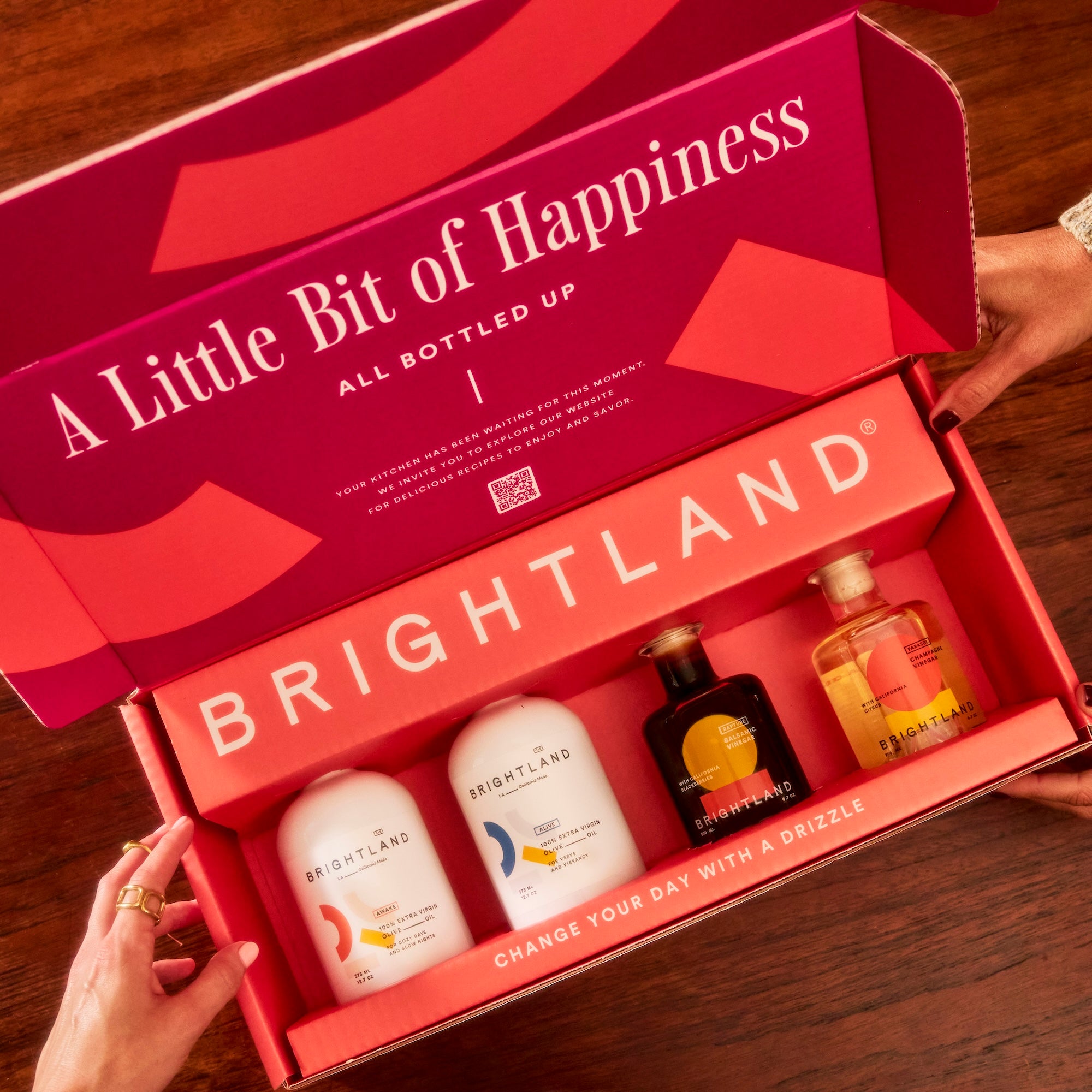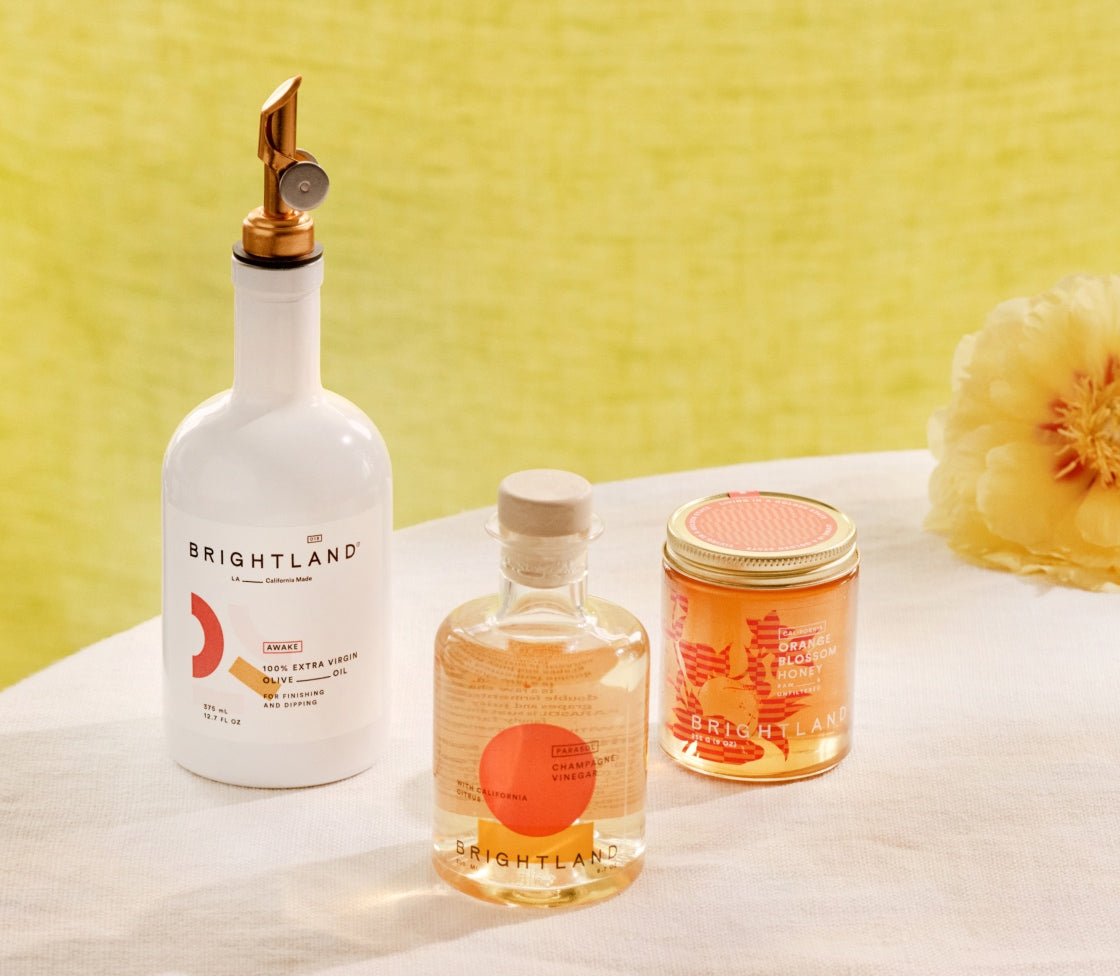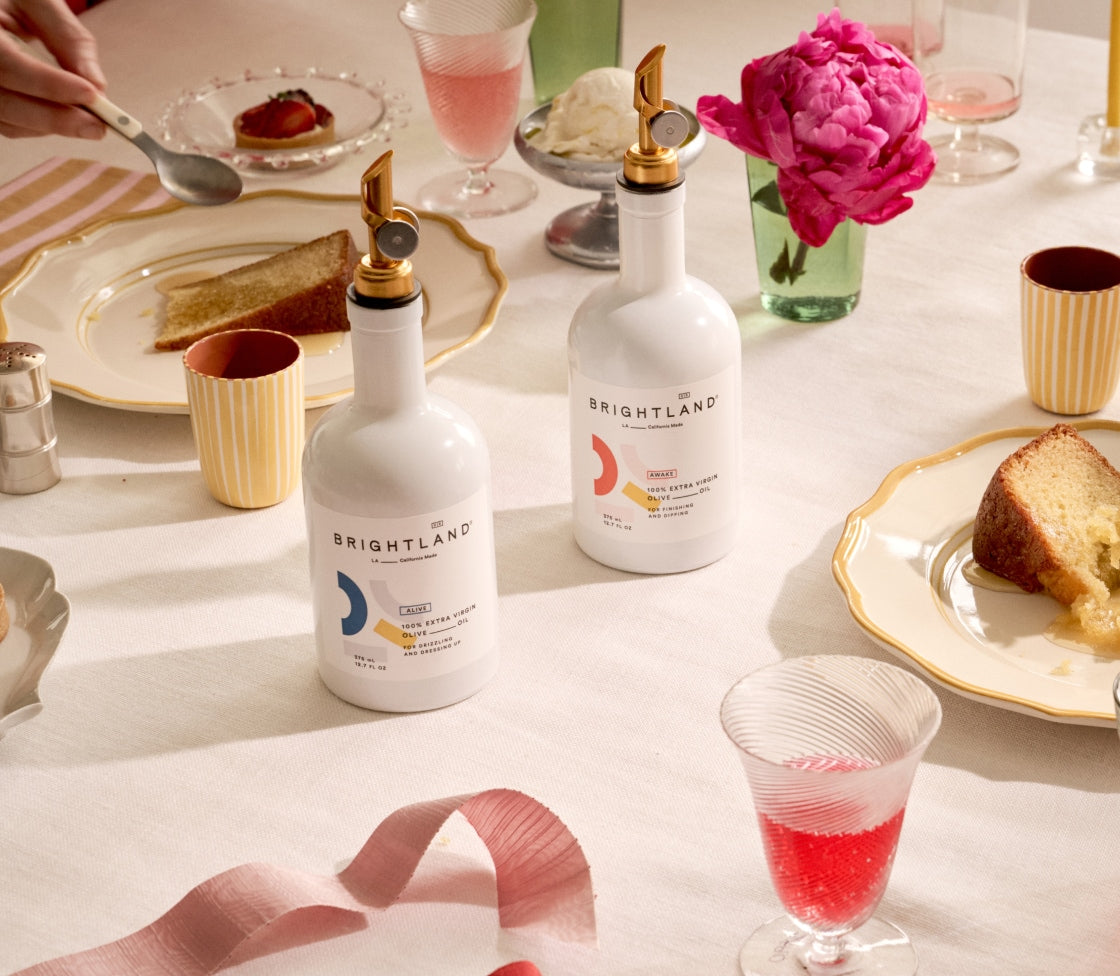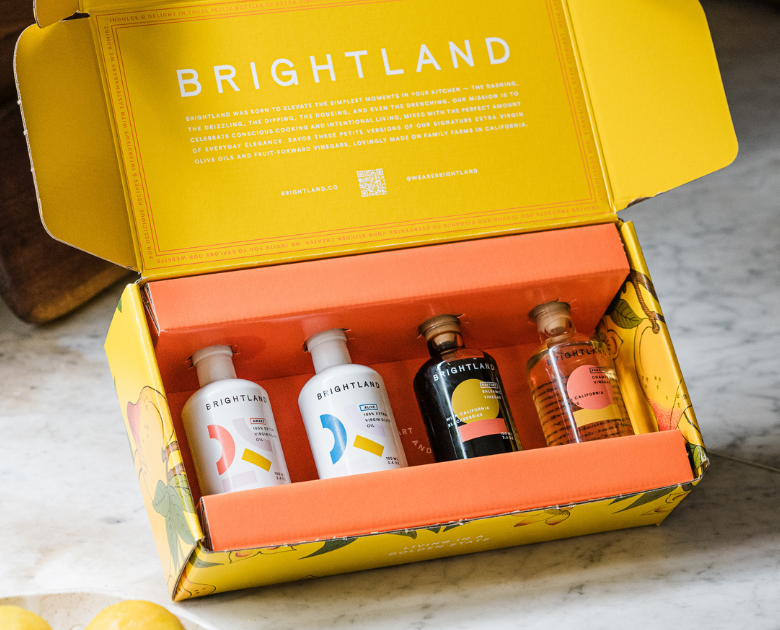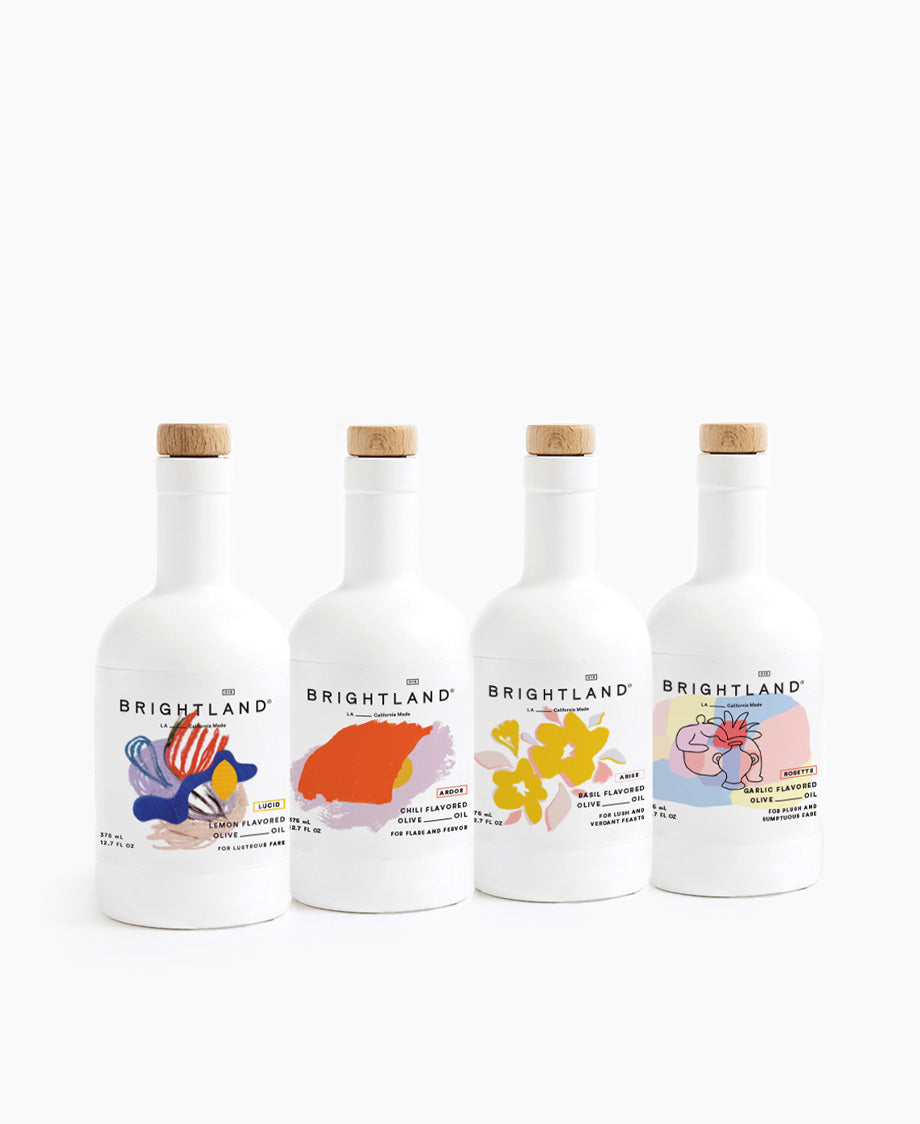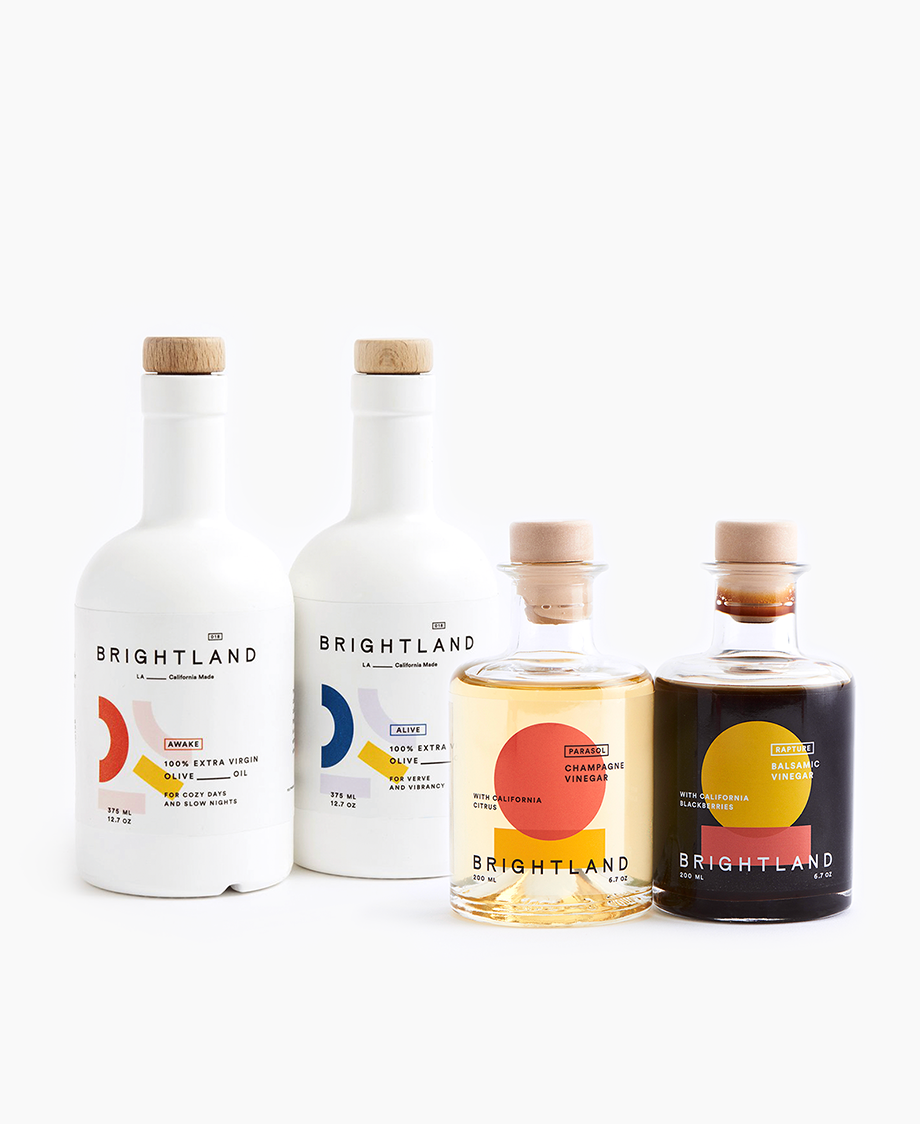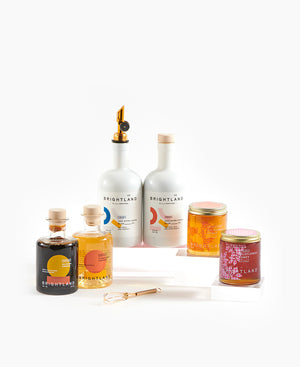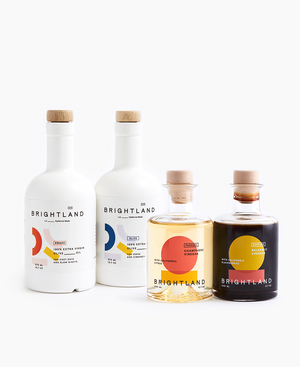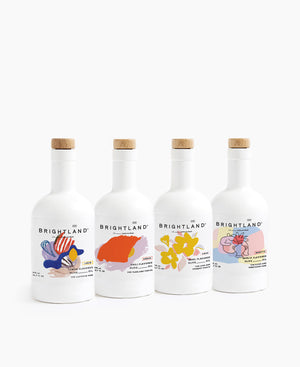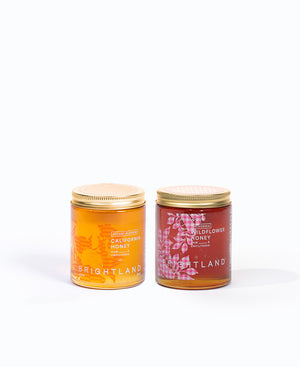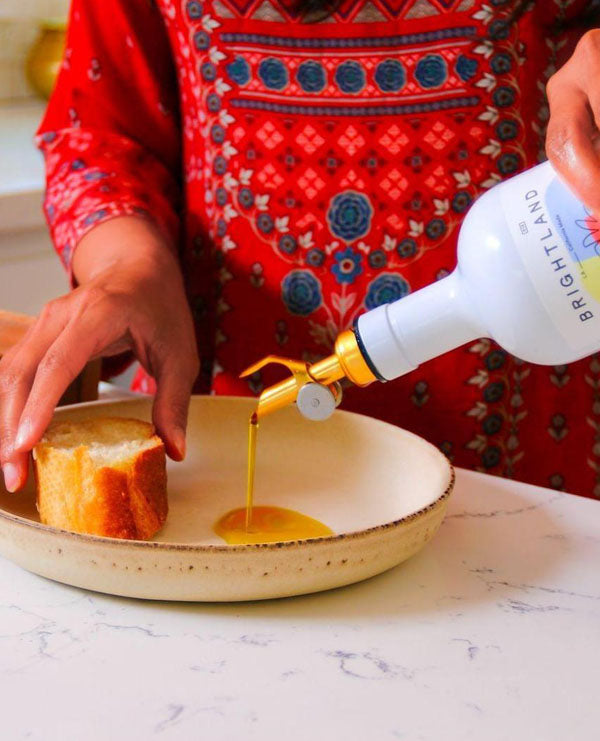[open type="rte"]

[close type="rte"][open type="rte"]
You have probably heard by now about the dangers of consuming too much sugar — specifically, processed white table sugar. In recent years, much evidence has come to light about the high amounts of added sugars in foods and what effect this is having on our bodies, leaving many people to seek out a healthier alternative to sugar.
Raw honey is one of the leading contenders to sugar, given its wide availability and delicious taste. Today, we are diving into whether or not honey is healthy, what the potential side effects are, how to choose a healthy honey and how much honey it is safe to eat every day.
[close type="rte"][open type="rte"]

[close type="rte"][open type="rte"]
Honey Nutritional Facts
While the nutritional label statistics will vary slightly between different varieties of honey, the numbers are close enough to make it possible to make some overarching generalizations. Here is an average of honey’s nutritional facts:
- Serving size: 1 tablespoon
- Calories: 64
- Total fat: 0 g
- Cholesterol: 0 mg
- Sodium: 1 mg
- Potassium: 11 mg
- Total carbohydrates: 17 g
- Dietary fiber: 0 g
- Sugar: 17 g
- Protein: 0.1 g
As you can see, honey is mostly made up of sugar, in addition to trace amounts of vitamins and minerals. However, the nutritional label does not present the whole picture. In the next sections, we will talk more about the other beneficial compounds that honey contains and what potential advantages they might offer.
[close type="rte"][open type="rte"]
[close type="rte"][open type="rte"]

[close type="rte"][open type="rte"]
Is Honey Healthy?
Honey is a sugar, but unlike table sugar, it also contains other healthful compounds beyond just fructose and glucose. About 75-85 percent of a honey is sugar and the rest is water, pollen, vitamins, polyphenols, enzymes and other beneficial compounds. Because of these extra elements, honey has health benefits that go beyond just tasting sweet.
The antioxidants in unfiltered honey help to protect the body against free radical damage that contributes to cell breakdown and premature aging. They may also help to protect against heart disease. Honey is also a great home remedy for a sore throat or a cough, and it may also help to relieve gastrointestinal issues as well. Applying medical-grade honey topically has also been shown to promote wound healing, particularly in burns.
Honey also has a slightly lower glycemic index (GI) than sugar, which means that it does not raise blood sugar quite as fast. However, because honey is still a sugar and a carbohydrate, it does raise your blood sugar relatively fast compared to other foods. People with diabetes or prediabetes should still watch their honey intake and talk with their doctor about how much honey it is safe for them to consume, especially if they are taking insulin.
[close type="rte"][open type="rte"]

[close type="rte"][open type="rte"]
Potential Side Effects of Honey
Honey is generally safe for people over the age of 1 to consume. However, it presents certain dangers to infants under the age of 1 in the form of potential poisoning by the Clostridium botulinum bacteria, which have been known to contaminate honey. While the risk of infant botulism is pretty rare, honey should never be given to infants under the age of 1 as a precaution.
Infants are at risk of botulism because their digestive systems are not yet mature enough to flush the body of toxins before they can cause a reaction. Older kids and adults’ digestive systems are developed enough to get rid of the botulinum bacteria in the rare chance that they ingest it during consuming honey. As long as your kids are over 1 year of age, you do not need to worry about it.
Experiencing a food allergy in response to honey is also extremely rare. While it can happen, it is rather unlikely, especially if you are not already allergic to pollen or bee stings. Some people have claimed anecdotally that eating local honey helps with their seasonal allergies, but these claims are largely unproven. Try over-the-counter allergy medications or see an allergist for treatment if you are experiencing seasonal allergies.
[close type="rte"][open type="rte"]
[close type="rte"][open type="rte"]
How Much Honey to Eat a Day
At this point, you are probably wondering: How much honey is a healthy amount to eat? The American Heart Association recommends that all added sugars, including honey, make up no more than six percent of your overall diet. This works out to nine teaspoons (or 36 grams) of sugar for men and six teaspoons (or 25 grams) of sugar for women. Keep in mind that this refers to all added sugars, not just honey by itself.
Usually, honey is healthiest when it is used as a sweetener for foods that are not already sweet. For instance, rather than buying pre-flavored yogurt (which is often very high in sugar), you can buy unsweetened yogurt and then flavor it yourself at home using honey. This gives you more control over the amount of sugar that you consume and allows you to choose honey instead of corn syrup — or whatever was used to pre-flavor the food.
Honey, like all sugars, is best consumed in moderation. While it is a healthier alternative to table sugar or corn syrup, honey is still a sugar and should be treated as such. Have a little bit every day, but do not go overboard, and your blood sugar will thank you.
[close type="rte"][open type="rte"]

[close type="rte"][open type="rte"]
Choosing a Healthy Honey
Not all honeys are created equal when it comes to their health benefits, so it is important to shop smart when looking for a healthy honey. For starters, you need to carefully read the label to make sure that the bottle does indeed contain 100 percent honey.
Some brands — usually the cheaper ones at the grocery stores — will actually combine honey with corn syrup or other additives to make it stretch further and increase their bottom line. Obviously, this dilutes the health benefits of honey and means that you are not getting a genuine product. Check the ingredients on the label to make sure that it does not list anything other than “honey.”
Be wary of terms such as “organic” and “GMO free,” which are not actually regulated and therefore often serve as more of a marketing gimmick as opposed to meaningful labels. In fact, it would be extremely hard to prove that honey is organic or GMO free because it would mean confirming that every single pollinated flower that contributed to the jar of honey is both organic and GMO free — which is obviously impossible.
Instead, look for terms such as “raw,” “unfiltered” or “unpasteurized” honey. The filtering and pasteurization processes are used to remove debris and air bubbles from honey in order to create a more transparent, aesthetically pleasing product. However, these processes also remove the pollen that provides many of the healthy benefits and flavor that wildflower honey is known for. Raw honey has only been lightly filtered to remove debris and thus contains the highest levels of pollen, making it the healthier choice when it comes to choosing a honey.
[close type="rte"][open type="rte"]

[close type="rte"][open type="rte"]
[close type="rte"][open type="rte"]
Where Healthy Honey Comes From
Generally speaking, larger operations (especially multinational corporations) have less oversight over where their honey is coming from when compared to smaller operations. Because of this, we recommend prioritizing boutique brands that are transparent about how their honey is harvested and processed.
For instance, we source our Brightland honey set from family-run farms in California and Hawaii. This gives us a high level of oversight over the entire honey-making process and ensures that we can deliver a high quality product to consumers with every purchase. In fact, we sampled more than 50 varieties of honey before settling on the two that make up our raw honey set, The Couplet. Ultimately, we partnered with two small U.S. family-owned apiaries operated by women-led teams and led by 3rd and 4th generation beekeepers who are serious about the health of their hives and the quality of their honey.
Our Couplet set features a California Orange Blossom honey with a floral, citrus flavor and a radiant amber hue. The Kauai Wildflower Honey has a deep amber color and is sourced from a variety of plants including hibiscus, eucalyptus, coffee trees, papaya trees, passion flowers and guava flowers. Both of our honeys come in sturdy, clear glass honey jars that make it easy to reheat the honey if it happens to crystallize.
If that sounds delicious to you, then order The Couplet today to try our raw honey duo for yourself! While you are at it, be sure to check out the other elevated pantry staples offered by Brightland, including extra virgin olive oils and flavored vinegars. U.S. orders over $80 ship for free, so do not be afraid to stock up!
[close type="rte"][open type="rte"]
Image Credits
Voin_Sveta/Shutterstock.com
Oleksandr Drypsiak/Shutterstock.com
[close type="rte"]
